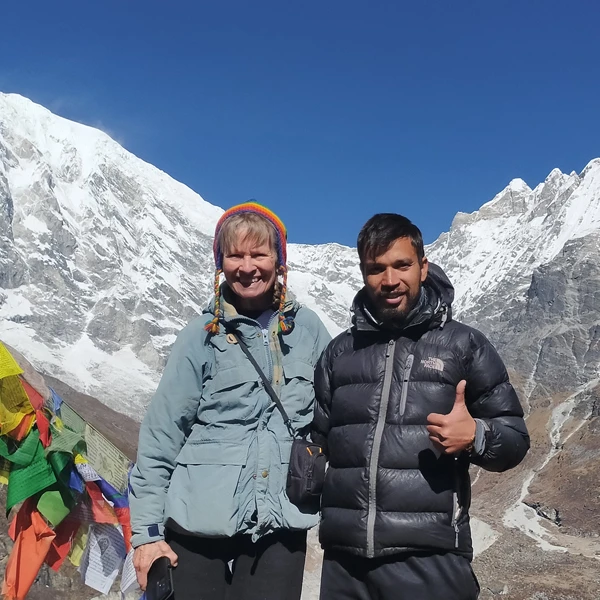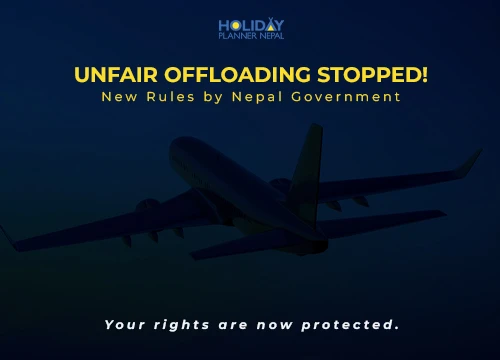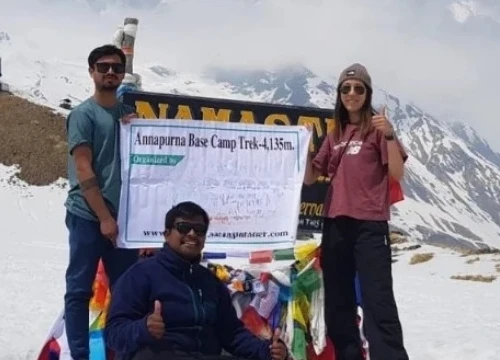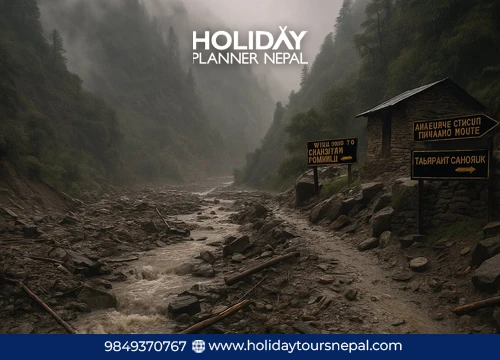Nepal, home to the world’s highest peaks including Mount Everest, offers some of the most breathtaking trekking experiences on the planet. While the trails promise adventure, culture, and nature, having a professional trekking guide can make your journey safer, richer, and far more enjoyable. Whether you’re exploring the Annapurna region, the Everest Base Camp trail, or the remote valleys of Dolpo, hiring a licensed trekking guide in Nepal ensures a hassle-free and meaningful experience.
Nepal offers a lifetime of trekking experiences. However, to make the most of your journey, having a professional trekking guide is essential. A licensed guide not only enhances your trekking experience but also ensures safety, cultural connection, and a deeper understanding of Nepal’s diverse mountain regions.
In this article, we’ll explore the benefits of hiring a trekking guide in Nepal, the disadvantages of trekking without one, and how guides can make your journey smoother across Nepal’s major trekking regions.

Why You Should Have a Trekking Guide in Nepal?
1. Safety and Navigation
Nepal’s trails can be rugged and confusing, especially in high-altitude or remote areas. A professional guide helps you navigate routes safely, handle sudden weather changes, and manage altitude sickness effectively.
2. Cultural Insights
Guides are often locals who know the customs, traditions, and local languages. They help you connect with villagers, monasteries, and teahouse owners, turning your trek into a deep cultural immersion.
3. Permits and Logistics
From TIMS (Trekkers’ Information Management System) cards to restricted area permits, a guide helps organize everything legally and efficiently — saving you time and stress.
4. Communication and Translation
In remote villages, English is not commonly spoken. Guides bridge the communication gap, ensuring smooth interactions with locals, lodge owners, and transport operators.
5. Emergency Support
Guides are trained in first aid and emergency response. They can quickly arrange helicopter rescues or medical help in case of illness, injury, or altitude problems.
Advantages of Having a Trekking Guide
Expert knowledge of routes, flora, and fauna
Personalized pace and itinerary management
Authentic local experience
Immediate problem-solving in case of delays or cancellations
Support for local employment and sustainable tourism
Disadvantages of Trekking Without a Guide
Higher risk of getting lost or injured
Difficulty handling emergencies or altitude sickness
Language and cultural barriers
Complicated logistics for permits and transport
Missed opportunities for cultural and historical learning
Difference Between a Guide and a Porter-Guide
| Category | Trekking Guide | Porter-Guide |
|---|---|---|
| Role | Leads the trek, manages itinerary, ensures safety, shares knowledge | Carries luggage and also helps with navigation or basic guidance |
| Training | Government-licensed and trained in first aid, navigation, and communication | May not be fully licensed as a guide |
| Cost | USD 25–35 per day | USD 20–25 per day |
| Best For | First-time or solo trekkers, longer or remote treks | Budget travelers or experienced trekkers |
Trekking Regions in Nepal and the Importance of Guides
Everest Region
High altitude, remote areas, and unpredictable weather
Guides assist with acclimatization and communication in Sherpa villages
Annapurna Region
Well-marked trails but cultural and altitude diversity
Guides enhance the experience with local insights and route flexibility
Langtang Region
Landslide-prone and remote terrain
Guides ensure safety and coordinate with local lodges
Manaslu & Nar Phu Valley
Restricted areas requiring special permits
Compulsory to have a licensed guide
Upper Mustang & Dolpo
Culturally rich, isolated, and government-regulated regions
Guides handle complex logistics and ensure responsible tourism
How to Hire a Trekking Guide in Nepal
Always choose a government-licensed guide certified by the Nepal Tourism Board (NTB).
Book through a registered trekking agency like Holiday Tours Nepal for reliability and insurance coverage.
Discuss the itinerary, budget, and services clearly before confirming.
Average Cost of Trekking Guides in Nepal (Per Day)
| Type | Cost (USD) | Includes |
|---|---|---|
| Licensed Trekking Guide | 25–35 | Salary, insurance, accommodation, meals |
| Porter-Guide | 20–25 | Carrying luggage + basic guidance |
| Porter Only | 18–22 | Carrying baggage only (20–25 kg max) |
Having a trekking guide in Nepal is not just about convenience — it’s about safety, cultural immersion, and meaningful exploration. From arranging permits to guiding you through the Himalayas’ most breathtaking routes, guides are your companions, storytellers, and protectors in the mountains.
Whether you’re planning to conquer Everest Base Camp, experience the Annapurna Circuit, or explore remote gems like Manaslu and Dolpo, Holiday Tours Nepal provides experienced, government-licensed guides who ensure your trek is memorable, safe, and hassle-free.
📞 Plan your adventure with Holiday Tours Nepal today!
👉 Contact us for professional guides, personalized trekking packages, and expert travel assistance across all regions of Nepal.







